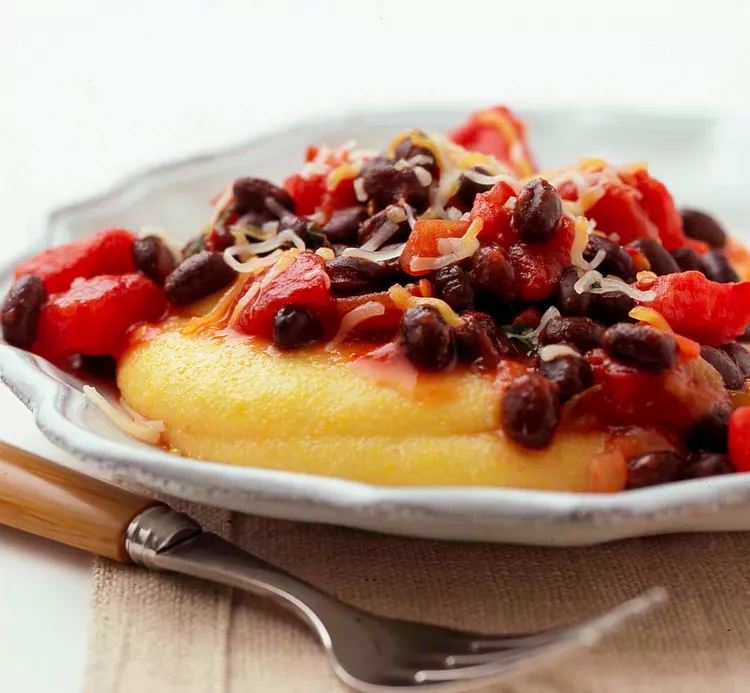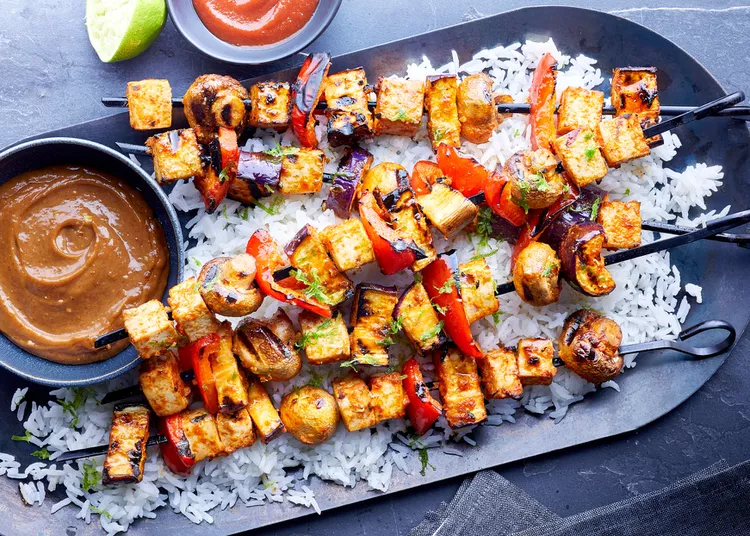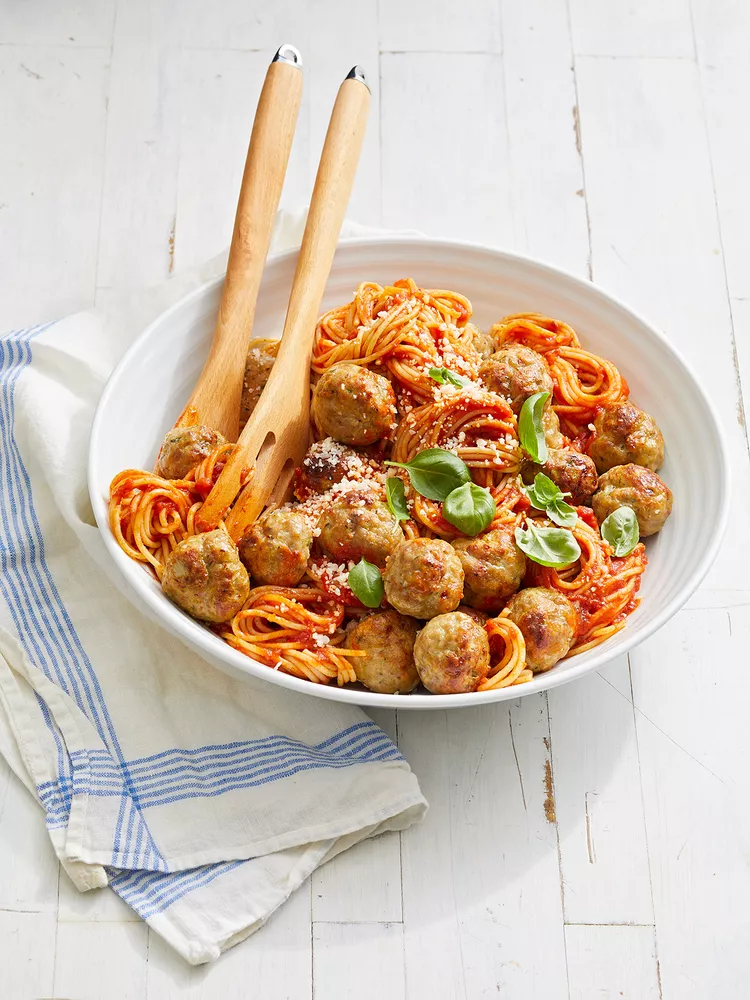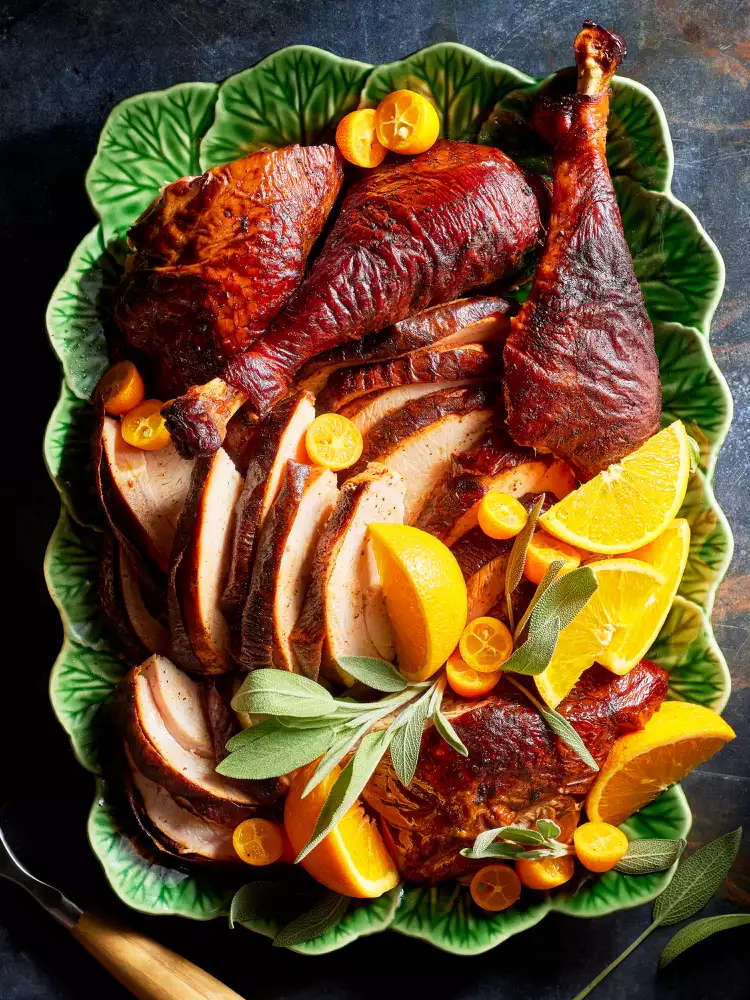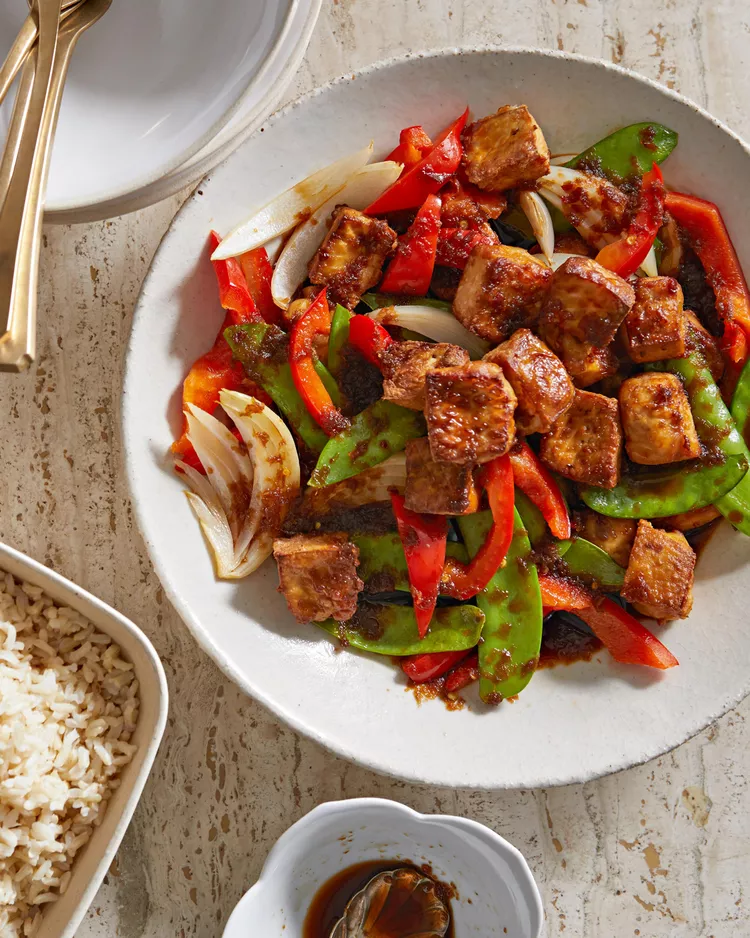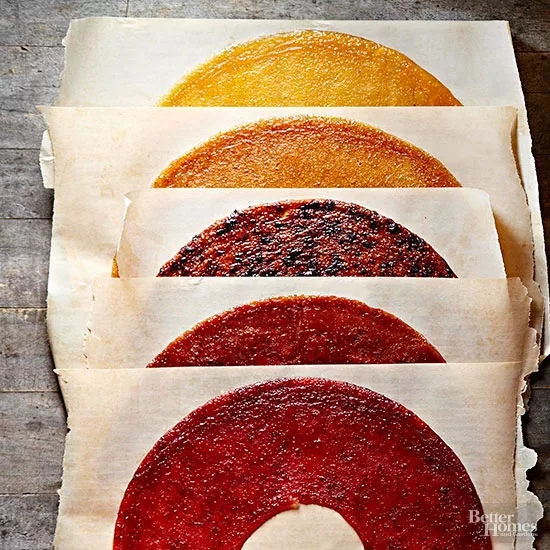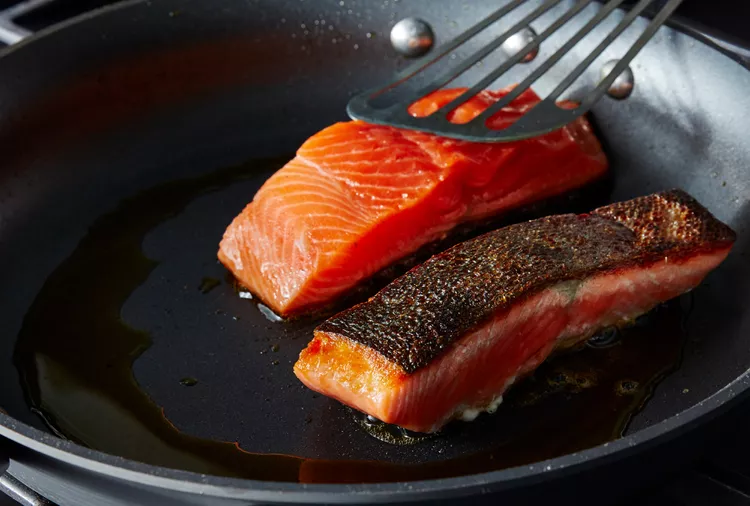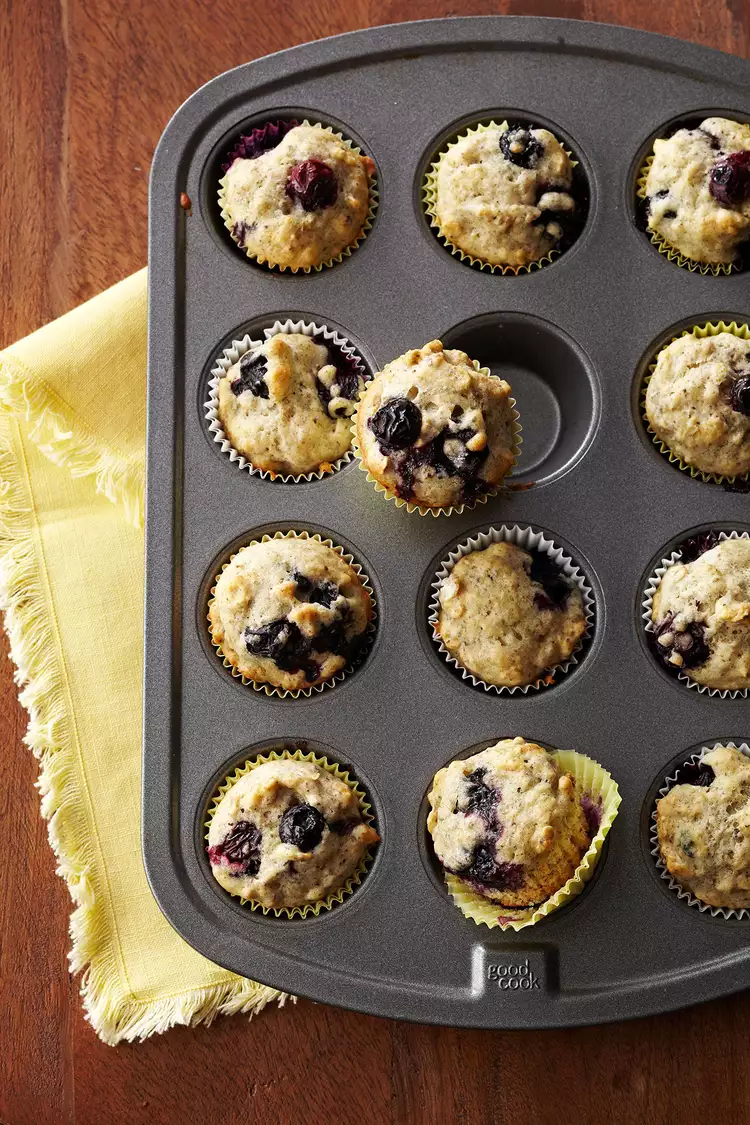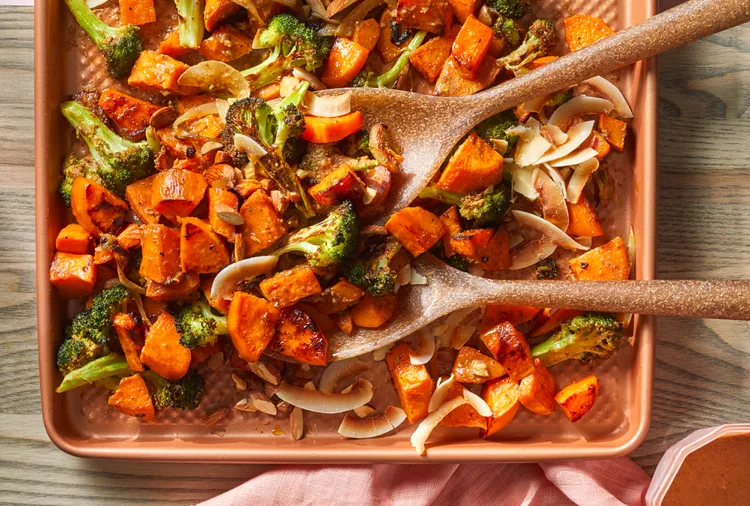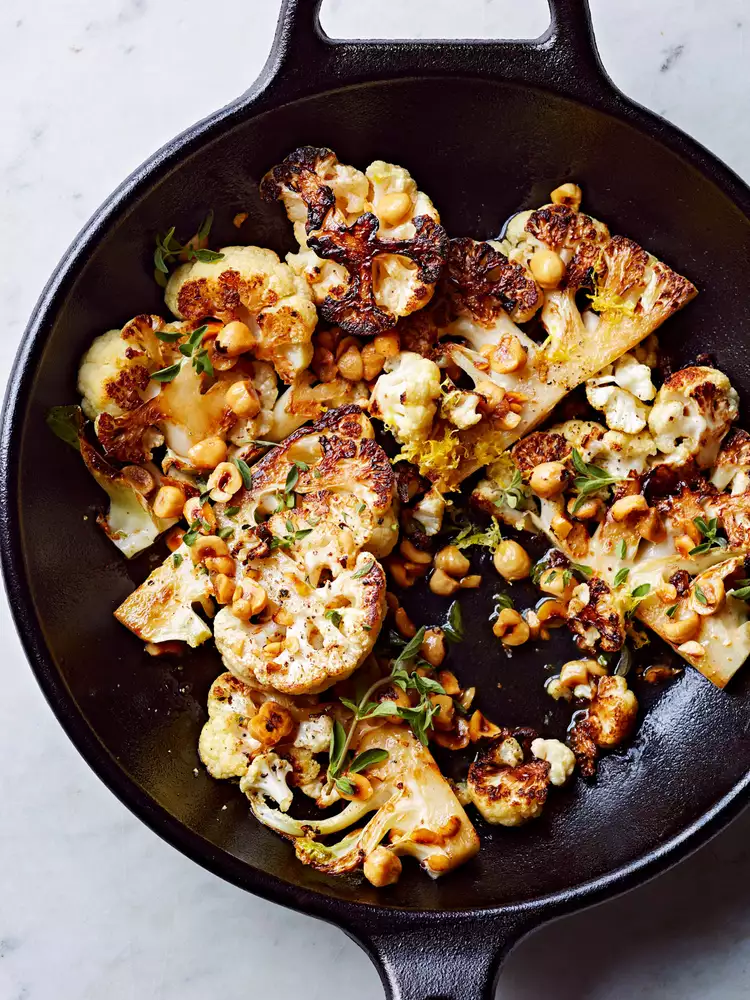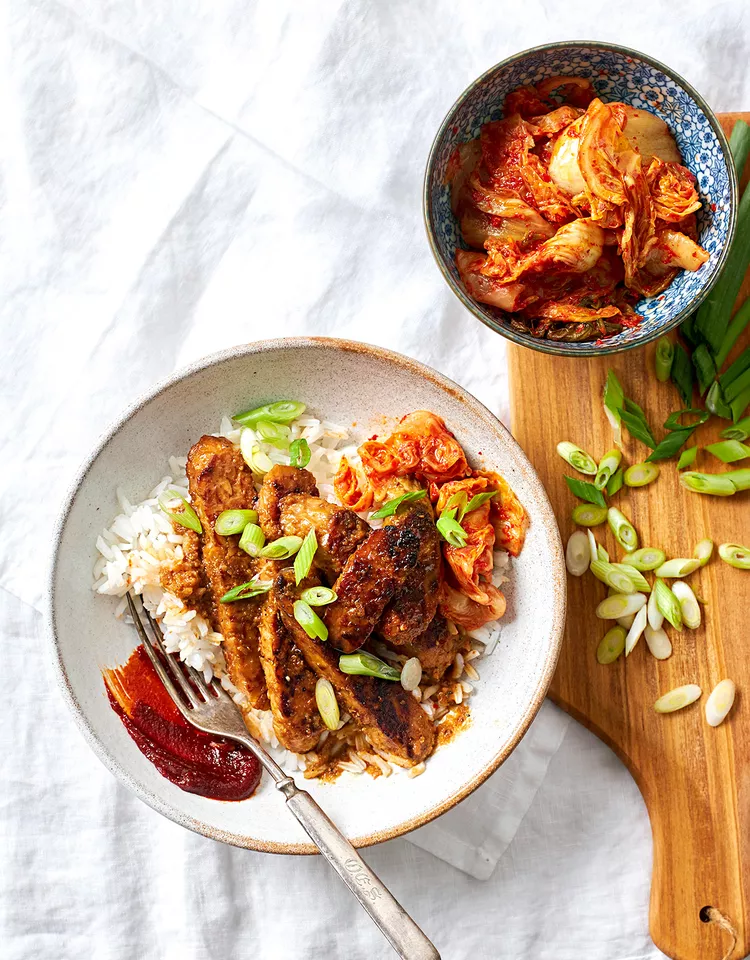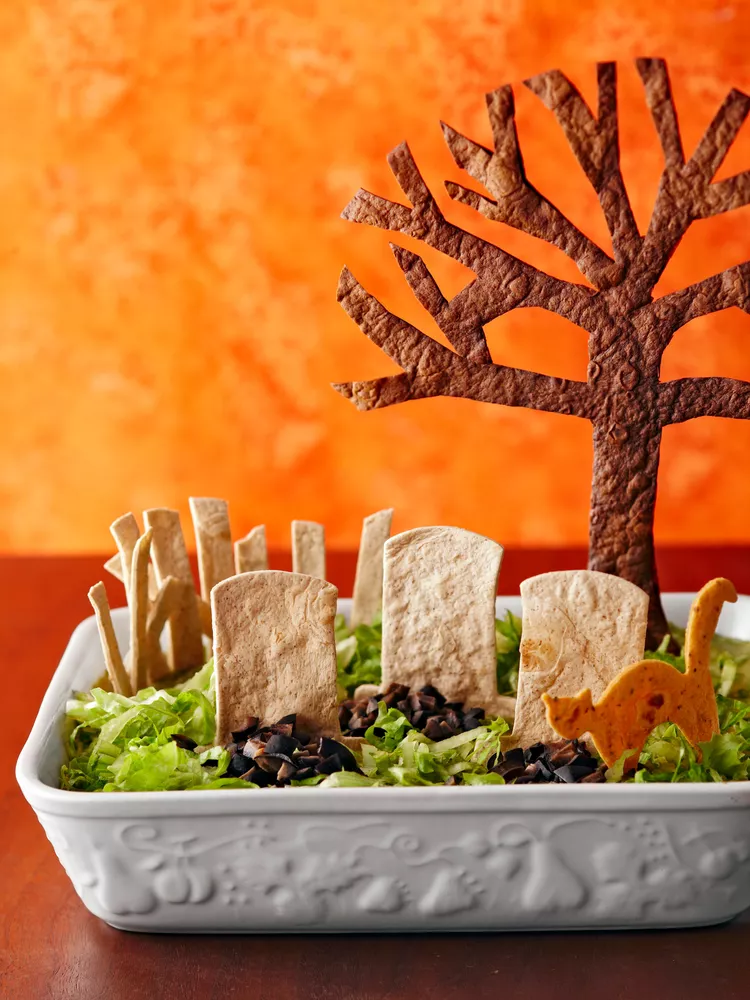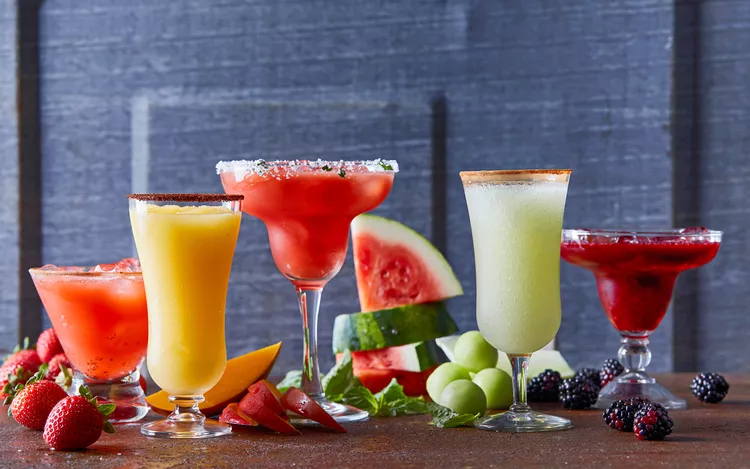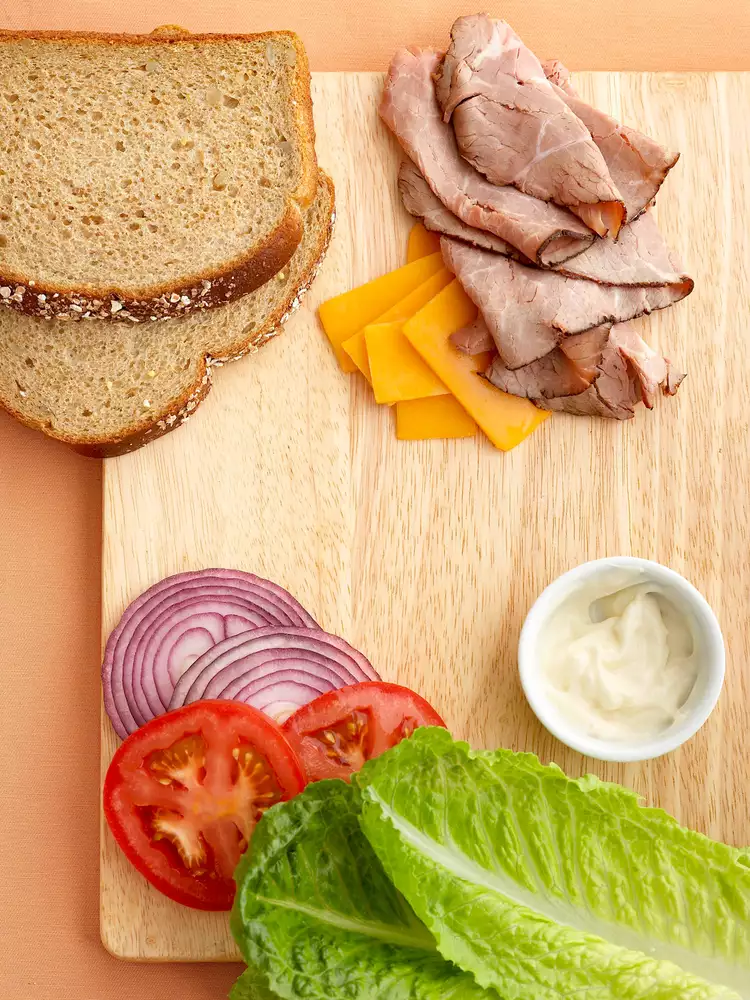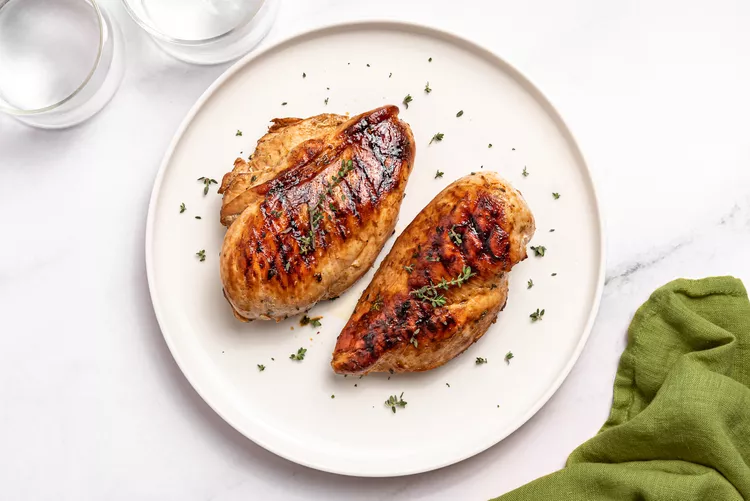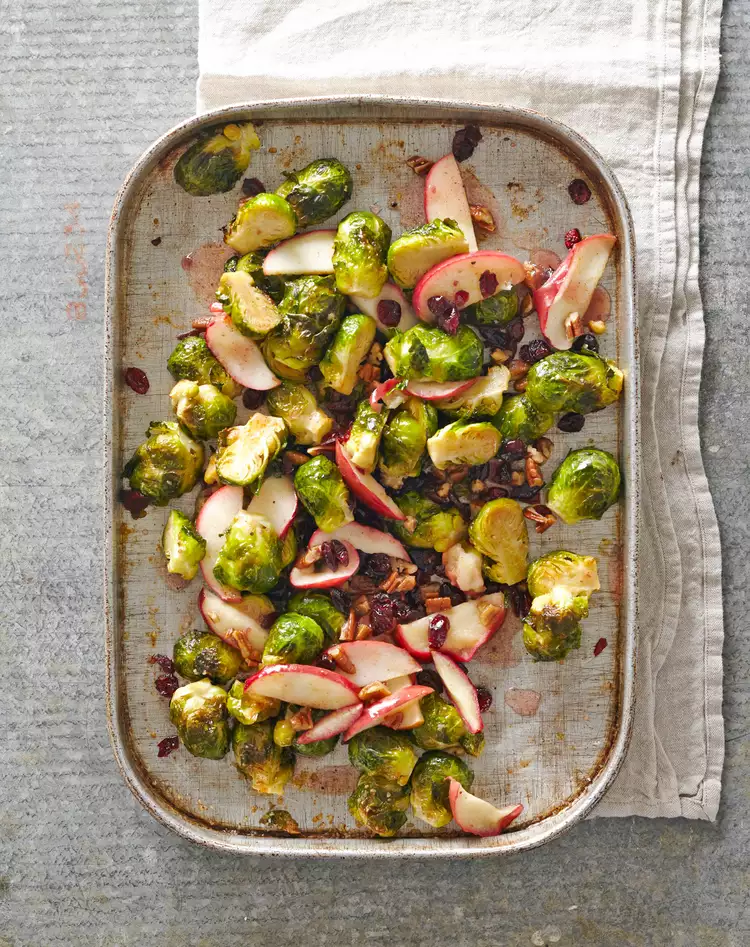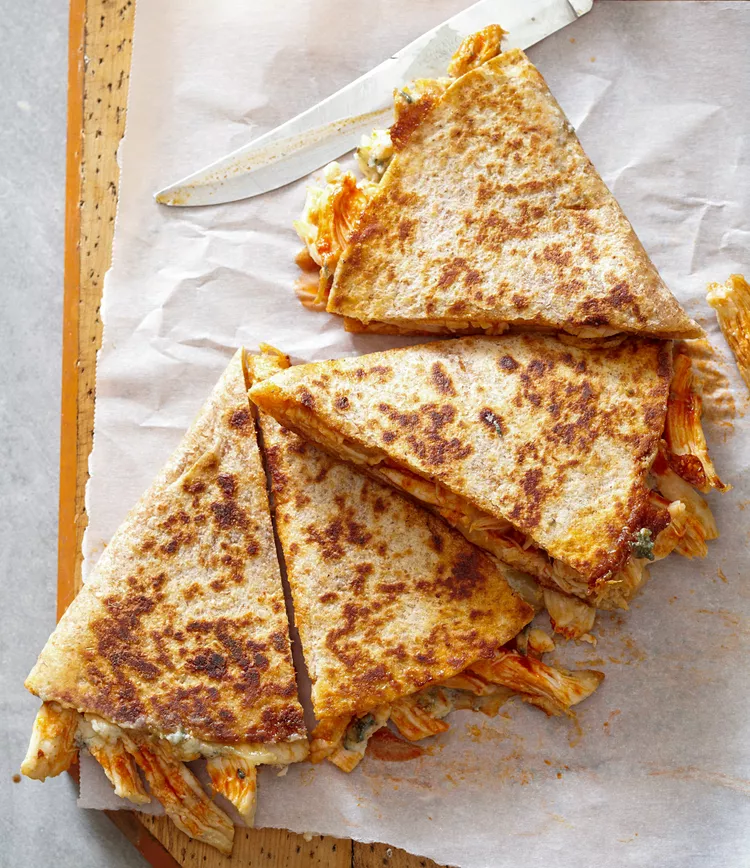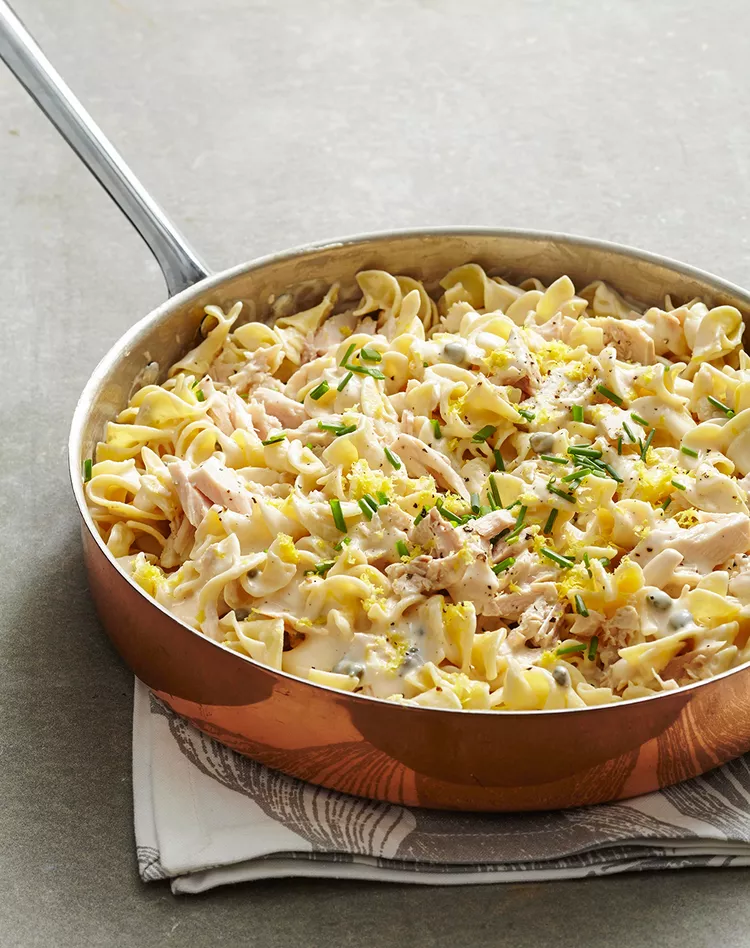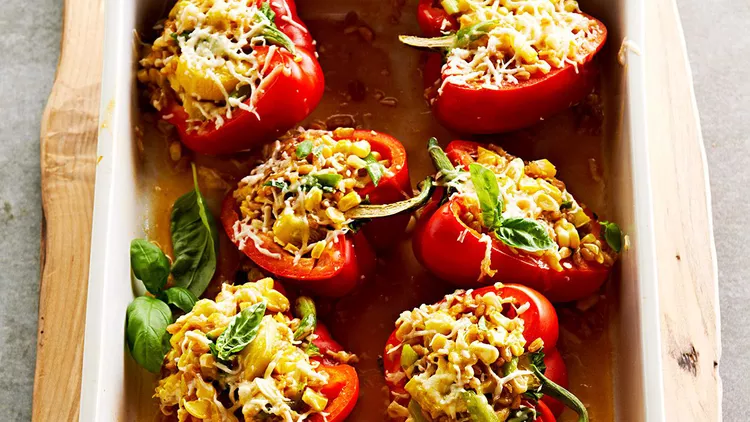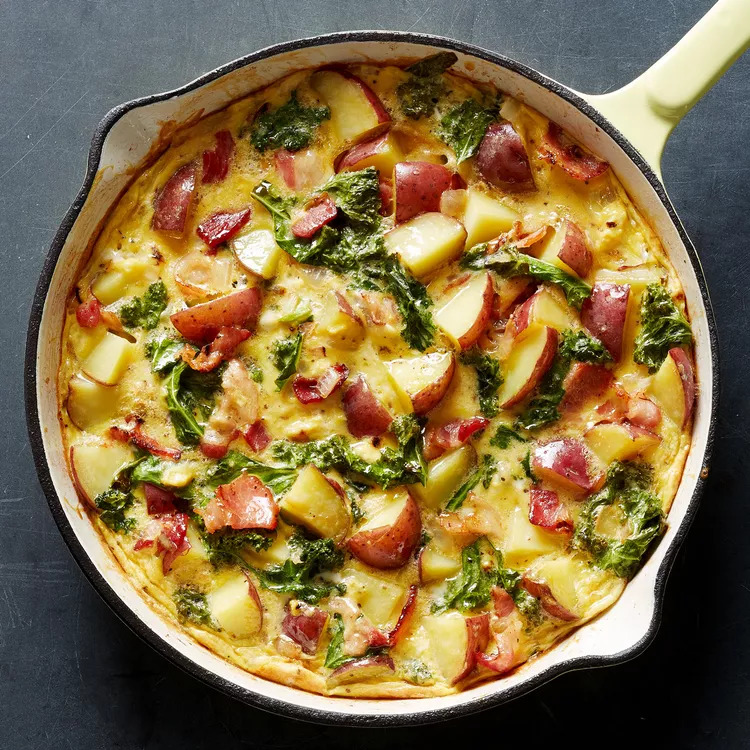We can think of dozens of reasons why everyone should learn how to make polenta—but let's start at the very top. Polenta is an easy-to-make dish that goes with just about anything. Serve it anywhere you'd serve mashed potatoes, rice, or pasta. It's also economical (besides water and salt, cornmeal is all you need). And like rice and pasta, cornmeal is a shelf-stable staple you can have on hand all the time.
While polenta is a Northern Italian dish, it plays well with all kinds of flavors from other cuisines. We love it as a side to comfort-food recipes, such as a great pot roast. Polenta also makes a hearty anchor to a vegetarian meal, as in this Winter Garden Polenta recipe.
What Is Polenta?
Hailing from Northern Italy, polenta is basically a cornmeal porridge (also known in the United States as cornmeal mush). Polenta is similar to grits, in that both are made from cornmeal, but grits are usually made from white cornmeal, while polenta is most often made from yellow cornmeal. While polenta is often served in a creamy form, it can be shaped and made into sturdy cakes (and yes, we'll show you how to make polenta cakes!).
Once the polenta is cooked, it's the stir-ins and toppings that make the dish really take off. Everything from cheese and spices to chiles, sun-dried tomatoes, and other great ingredients make their way into and onto polenta.
Ingredients for Polenta
So, what is polenta made of? At its most basic, only three ingredients are required: cornmeal, water, and salt. Some recipes substitute broth or a combo of broth and white wine for the water and salt.
While any kind of cornmeal will work to make polenta, we recommend using coarse-ground cornmeal, which brings added texture to the dish. Look for cornmeal labeled "polenta" or "coarse ground." You'll also note that cornmeal comes in yellow and white styles. Both can be used, but for an Italian-style polenta, yellow is the most traditional. Be sure to use the style of cornmeal called for in your polenta recipe, as it will affect cooking times. Generally, regular cornmeal requires more water and takes less time to cook than coarse-ground cornmeal.
Where is polenta in the grocery store? You'll usually find the cornmeal you need to make polenta in the baking aisle, near the flour and sugar. However, if you're looking for refrigerated cooked polenta sold in tubes, that can be found in either the pasta aisle (if it's a shelf-stable brand) or in the produce aisle (if it requires refrigeration). You might also find refrigerated polenta tubes near refrigerated pasta and cheeses.
Is Polenta Gluten-Free?
Because it only requires cornmeal, water, and salt, polenta should be gluten-free. However, as the Beyond Celiac organization points out, during its production, cornmeal can come into contact with gluten-containing ingredients. Also, once the polenta is cooked, sometimes gluten-containing ingredients can be added to the final dish. More information can be found on the Beyond Celiac website.
How to Make Creamy Polenta
Here are the basic steps to making six servings of polenta:
- In a 3-quart saucepan bring 2 1/2 cups of water to boiling.
- Meanwhile, in a medium bowl stir together one cup of coarse-ground yellow cornmeal*, one cup of cold water, and one teaspoon of salt. (This step helps keep the cornmeal from clumping when added to the hot water).
- Slowly add the cornmeal mixture to the boiling water, stirring constantly. Cook and stir until the mixture returns to boiling. Reduce heat to medium-low. Cook for 25 to 30 minutes or until the mixture is very thick and the cornmeal is tender, stirring frequently and adjusting heat as needed to maintain a slow boil. (Use care not to get too close to the pan, because the hot mixture can splatter as it thickens.)
- To serve, spoon soft polenta into bowls.
For a richer dish, stir in ½ cup shredded fontina cheese and two tablespoons chopped fresh basil or parsley before serving. P.S.: You can use any cheese that melts well. Check out our cheese guide to find more great melting cheeses.
Tip
If using regular yellow cornmeal (instead of coarse-ground cornmeal), increase the water in the saucepan to 2 ¾ cups; cook and stir for 10 to 15 minutes after the mixture boils in step three.
How to Make Polenta Cakes
Polenta cakes are a more solid and sturdy form of polenta. They can be made by adding just a few steps to a basic polenta recipe. The cooked polenta is poured into a pan, cooled, and chilled. Once firm, it's baked until heated through.
Here's how to make six polenta cakes from the polenta recipe above:
- Prepare the soft cornmeal as directed until cooked. Carefully pour into a 9-inch pie plate, spreading into an even layer. Let stand, uncovered, for 30 minutes to cool.
- Cover and place in the refrigerator for at least one hour or until firm.
- To bake, preheat the oven to 350 degrees Fahrenheit. Uncover the polenta and bake until heated through about 25 minutes. Transfer to a wire rack for five minutes. This gives it time to firm up a bit and, in turn, slice better.
- With a sharp knife, cut the polenta into six wedges to serve.
Test Kitchen Tip
Did you know polenta cakes can be grilled? Check out our recipe for Grilled Polenta with Mushrooms recipe.
How to Cook Polenta from Tubes
Sold in tubes in either the pasta aisle or the produce aisle, precooked polenta is a terrific time-saver. Since it's already cooked, it usually just needs to be warmed through before serving. Simply cut the polenta into ½-inch slices and fry in a skillet in olive oil, butter, or margarine until golden brown on each side.
As an alternative, here's how to cook polenta from tubes in the oven:
- Preheat the oven to 400 degrees Fahrenheit.
- Cut a 26-ounce tube of refrigerated cooked polenta into 16 slices. Brush polenta slices with one tablespoon oil; arrange on a greased baking sheet. Sprinkle with 1/4 cup grated asiago cheese, if desired.
- Bake for 30 minutes or until light brown and crisp.
And if you're a fan of grilling indoors, check out how to cook polenta from tubes on an indoor grill in this recipe for Quick Grilled Herb Ratatouille and Polenta.
Now that you know how to make polenta, you'll likely find yourself serving it often as a side dish to meaty foods (like these short ribs) and vegetarian dishes alike. But did you know that polenta can be a hearty main dish, too? Give it a try in these Polenta Burgers. And here's another news flash: Polenta makes a great ingredient for desserts, too. To get started, try our Cast-Iron Plum-Polenta Cake. Indeed, you'll never run out of ways to serve polenta.
How to Store Polenta
As with any creamy dish, cooked polenta can be tricky to store and reheat—if you don’t do it correctly, it may affect its overall texture and flavor. For any leftovers (if you’re meal prepping for the week), wait until your polenta is completely cooled before storing it in fridge-friendly containers, or wrap it tightly with plastic film for up to 4 days. Freezing cooked, creamy polenta isn’t recommended as it tends to release water and lose its texture altogether—what you can do instead is bake it as a cake or cook it in a cast-iron skillet, then cut it into portions and wrap each slice before freezing them for up to a month. To reheat, place the squares in a 350-degree oven or air fryer for 25 minutes. To use your leftovers or to reheat cooked polenta, soften it on the stovetop with a splash of milk or water and stir to break up lumps and get the desired creamy texture.
